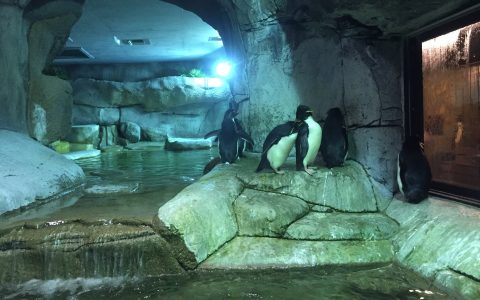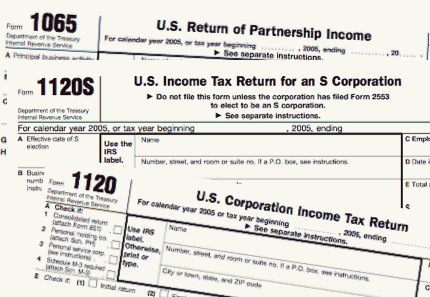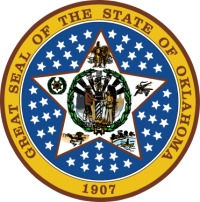My family and I recently visited the Fort Worth Zoo where we were sure to see one our favorite animals, the penguin. While my children watched them dive and swim through the water, I was busy staring at the HVAC system keeping the penguins cool.
I’m no zoologist and I (unfortunately) haven’t had the opportunity to work on designing zoos, but a little reading let me know that an African Penguin requires en enclosure with an indoor air temperature anywhere between 37 to 72 °F. Antarctic Penguins (of which there are several varieties) require even colder temperatures. Humidity must also be kept low since penguins are highly susceptible to some types of infection like malaria and Aspergillus that thrive in warm humid environments.
As you can imagine, keeping an enclosure the right temperature and humidity for a penguin in an area of the country with routine temperatures above 100 °F can be tricky. Beyond simply sizing the system large enough to meet the cooling demand, ventilation air must be carefully considered for the animals health. Ventilation rates of up to 15 air changes per hour are recommended which can greatly increase the amount of A/C required. For comparison, a restaurant may only require 8-10 air changes per hour. To reduce the risk of infection, the air must be carefully filtered and the building pressurized to reduce unfiltered air from reaching the animals. Since the air conditioner is critical to the animals health, back up systems should be included in the design so that the penguins won’t overheat if a system breaks down.
Penguin exhibits must also have water for the penguins to swim in. Water temperatures must be kept between 32 and 85 °F for the African Penguin and just like a swimming pool it must be recirculated and filtered. Special care must be taken when designing the drains to make sure a penguin can’t accidentally be sucked into the piping or hurt themselves on intake valves or skimmers.
Many different types of lighting have been used in penguin enclosures, but some studies show that varying the day length and light intensity to simulate a natural day can increase the health of the animals. LED lighting can be used to great effect since it’s brightness and color can be changed relatively easily.
It’s not everyday that someone gets to design a specialty building like a penguin enclosure, but the principles of design and how engineers go about solving the problem are largely constants in the design world. While we at Forward Engineers don’t design zoos, we do enjoy designing regular old buildings for our clients, and we love solving engineering challenges. If you are seeking to work with an engineering firm that is client-centered and strives to provide services that are on time, on budget and exceed expectations, please contact us. We would love to work with you on your next project!




